An in-depth interview with versatile actor and beloved horror icon, Bill Moseley, discussing his successful, 30+ year career in the genre (part 2 of 3).
Editor’s Note: Our writer, Billy Stamper, had the pleasure to sit down with one of our favorite horror heroes, the great Bill Moseley. In part two of his three-part interview with Moseley, he talks to him about another career-defining role as Otis Driftwood in Rob Zombie’s House of 1000 Corpses and The Devil’s Rejects.
Click here to read part one of the interview.
Billy Stamper: It was great talking to you about your introduction to the genre with The Texas Chainsaw Massacre 2. Now, I’d like to ask you about another of my favorite films and favorite performances of yours: Otis Driftwood in Rob Zombie’s House of 1000 Corpses. Can you tell me how you got that role?
Bill Moseley: I got invited back to LA around October of 1999. A friend of mine was the publicity person for what’s called CityWalk at Universal Studios. In October, they turn that into a haunted city walk — monsters running around, smoke machines everywhere trying to make it look scary. Universal was doing a awards show called “The Eyegore Awards”. It was basically people in monster movies in the Universal studios films, as well as some musicians.
Well, they needed an MC, and my buddy knew I was in The Texas Chainsaw Massacre 2 — he wanted to know if I could MC it. So I asked him if I could do it as Chop-Top. He said, “Let me find out” and went to talk to his bosses. Even though Chop-Top wasn’t a Universal character, I had been in Sam Raimi’s Army of Darkness. Because of that, I was part of the quote-unquote “Universal family”.
I got the ok to dress up as Chop-Top, and they even threw in money for a makeup artist so I could really look the part.
So I’m at this outdoor awards show, dressed as Chop-Top, wearing a tuxedo. I introduced a bunch of people, giving them these demon statues for the Eyegore Awards. One of the award recipients was Rob Zombie. Rob’s band had recorded with MCA, which is part of the Universal family. So Rob wins this award, and I give it to him as Chop-Top. It freaked him out because he loves that character. It also freaked him out because I was there dressed as Chop-Top at this award show.
He had already written the script for House of 1000 Corpses, and about a month after I gave him his award, Universal greenlit the film. So they called me asking me if I wanted to be in Rob Zombie’s movie. I laughed and said, “Sure!” I didn’t audition for that one either — it just came right to me basically. It’s not exactly dropped from the sky…things have to work out, and you have to participate.
BS: When it comes to House of 1000 Corpses, it took Rob Zombie 3 years as well as a ton of editing to get the film released. I’ve always wanted to know what the MPAA thought was so brutal about the film that necessitated so many cuts?
BM: There were rumors that it had been edited due to the fact that it was so horrific no human could watch it without having a heart attack, which was complete bunkum. There were no truly frightening scenes that got deleted simply because they were too frightening. I would know, because I was the frightening guy! So I could tell you straight from the horse’s mouth that nothing too horrific had to be deleted.
What really happened was that we shot the movie for Universal, and they were uncomfortable with the violence and didn’t want to release it. I think they were especially uncomfortable with the scene where I’m holding the gun on the kneeling police officer, Walter Goggins. There was this violence as the camera lifts and pans back, and it’s almost a minute of silence. Then I pop him. I think Universal was very uncomfortable with that because Columbine had just happened. A bunch of different things…they didn’t feel like putting it out.
They had let Rob look around for another distributor. So he ended up taking it to MGM. He did some editing there, and then they dropped it because Rob had said something on MTV that was supposed to be funny and MGM had got upset with him. So they kicked us out of MGM. So after three years, we ended up with Lionsgate.
It was very fortunate we were there because it was the right movie at the right time in Lionsgate history. That was their golden age of horror with Cabin Fever, House of 1000 Corpses, The Devil’s Rejects, Midnight Meat Train, and all kinds of crazy wonderful horror films like Repo The Genetic Opera. Since then, Lionsgate has moved on, merged in and acquired with different companies. Now they are more into bigger budget films.
BS: That’s a long journey, but it turned out great.
BM: I think what happened with us during the MGM interlude was that some of the elements were lost in the editing room. After it was all said and done, we ended up with a pretty short film. I think House of 1000 Corpses is 86 minutes. We were pretty scrawny because some elements had been lost during those three years of the film wandering in the wilderness.
Rob ended up shooting some extra stuff, including me doing the “Run Rabbit Run” scene.
There’s a lot of kind of crazy color reversal stuff with just these kind of weird effects that I think worked great. But that was put in there to add to the length of the movie — because when it finally arrived at Lionsgate, it was kind of thin and exhausted (laughs).
Lionsgate made their money, though. I think they made it opening night or opening weekend. The film was a big hit, and it was something people had been hearing about for years. By the time it finally arrived, everyone was very excited to go see it. So it ended up working out well.
BS: Plus it spawned The Devils Rejects, which is one of the greatest movies ever made. I have to ask how you got into the mindset of Otis for this film. You played his character brilliantly. I felt true fear…you were amazing. The one scene in particular where you had Lew Temple and Geoffery Lewis was so intense and so real.
BM: You know, that particular day was a heavy day at work (laughs). I was nervous on my way to work. I remember calling a buddy who suggested meditating. So before I got to the set, I just sat on the side of the road, behind the wheel, turned the engine off and meditated. I remember my meditation had nothing to do with the script. I was thinking back on a certain lake in Wisconsin where my family liked to fish. On this lake, there is also a swimming raft, with a little water slide and a diving board. So I was thinking about that, lying on the surface, very calming.
I got to the set, and you know I think what really made that scene difficult was not just the things that we were required to do — it was the understanding that all of that happened out of boredom. So in some scary scenes, the music is off, and you’re chasing somebody or you are about to jump out of a closet. It’s all very exciting.
But those events (in the film) all happened because Baby and I had been waiting for Captain Spaulding at the Khaki Palms Motel — for like hours — and we were bored out of our skulls. The Banjo and Sullivan couple were not exactly, ya know, the scintillating company. That’s where I’m like, “Okay, mama, take it off.” It starts off from just boredom to just messing with people — to get some kind of rise and generate something fun while we were waiting for Captain Spaulding.
BS: You said in 30 Days In Hell: The Making of The Devil’s Rejects that one of the hardest scenes you had to film was the motel scene with Priscilla Barnes.
BM: Well, yeah, because you end up not only with all the actions, but the pistol raping. There’s a lot of heavy stuff going on.
BS: It’s one of the darkest scenes in any horror movie I’ve seen.
BM: But you have to come from that…not with this furious energy, but very calm and really bored. So it’s not like your taking a running jump. You’re just kind of walking, and then it escalates very quickly. So that was very interesting. Honestly, it worked so well that it had really bummed me out on that first take.
I remember walking off the set and seeing Rob. I say, “Man, this is a bummer.” That’s when Rob said, “Art is not safe.”
That let me know, basically, that we’re not diddling around here — we’re going for something very special. It’s dark, it’s scary, it’s heavy…but we’re going for it. That was probably the best thing he could have said. Because if he would have patted me on the back and said, “Oh you poor guy,” that wouldn’t have worked. Neither would the old marine, tough love approach of, “Suck it up soldier.”
“Art is not safe” really was the perfect thing to say, because I realized we’re not just making a stupid sequel. We’re doing something different and special…we’re going deep here. I drank the kool-aid, and I did that scene 15 times.
BS: That’s crazy you had to film that scene 15 times. To me, that probably would be rougher to act out over and over, with every which way the cameras were used in that sequence in the motel.
BM: Well, you know, there’s all kinds of camera angles. You got my close ups where it’s just the camera on me, shot over Priscilla Barne’s shoulder. Then you have her close-ups, where the camera is over my shoulder onto her. Then you have what is called a two shot, where it’s maybe shooting from the windows in the motel room — shooting us from the side, so we’re both in the scene. I even think they put a camera on the roof looking down from the ceiling on us. Then, of course, there are the reaction shots of Banjo & Sullivan.
What was really cool about that was since I knew we were going for it. I had just basically gone for it. I had given myself permission I guess, which is an actor’s term. It also helped that Priscilla was so good and so convincing. Everybody was into it, so it was a lot easier each time we did it. Each time we did it was different. I mean, we did the same thing, but there was a different spirit to it each time. So pretty cool!


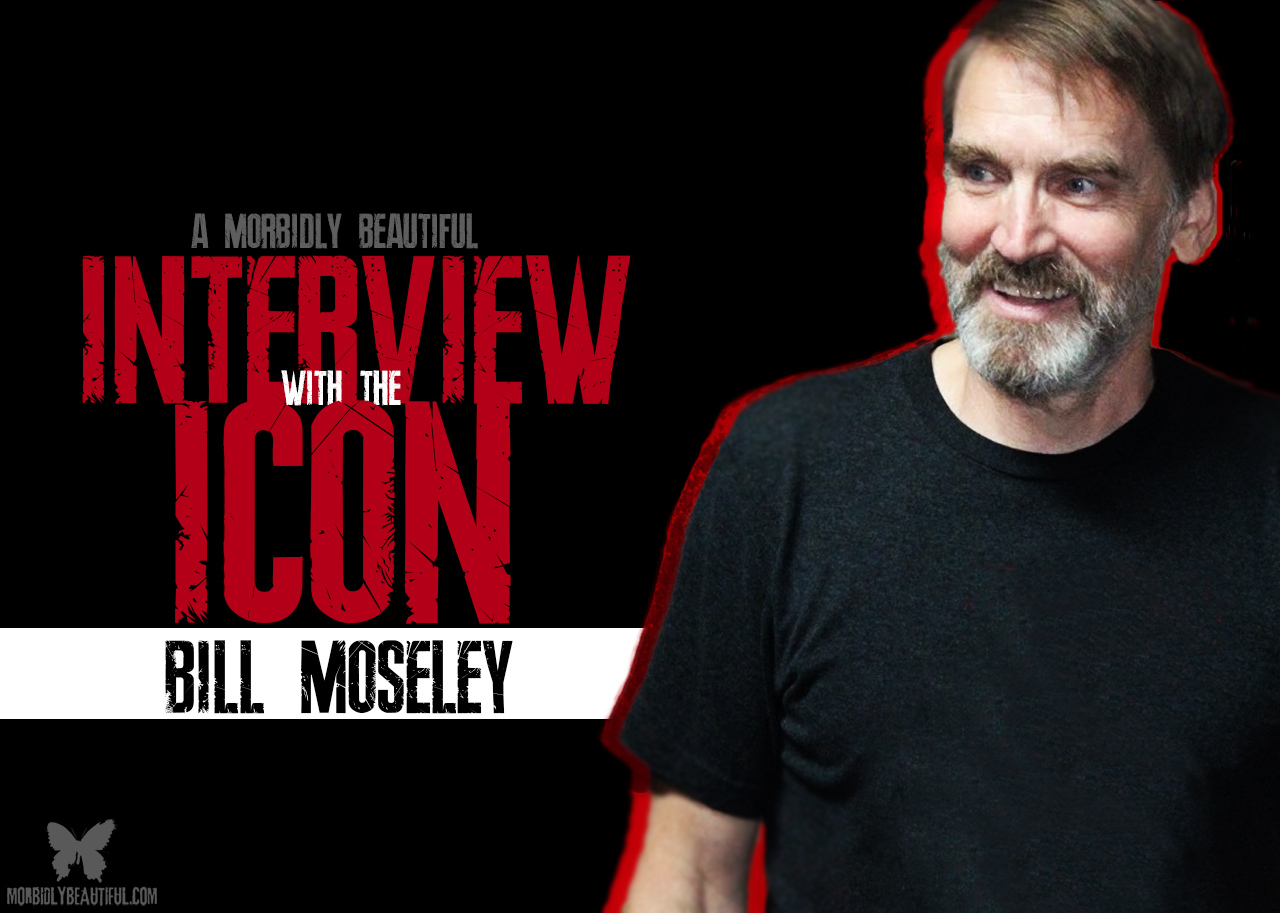
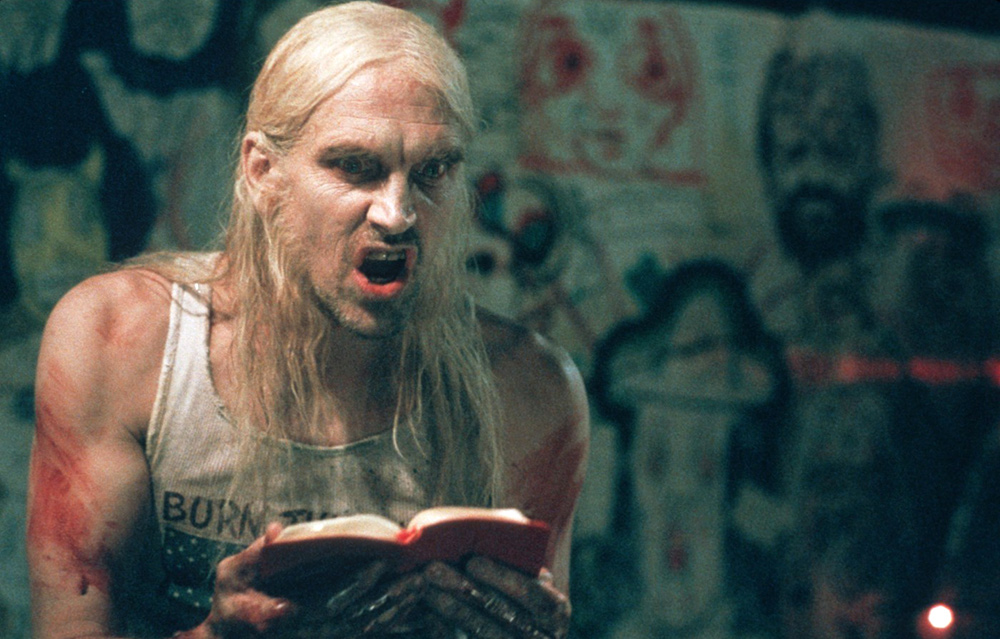
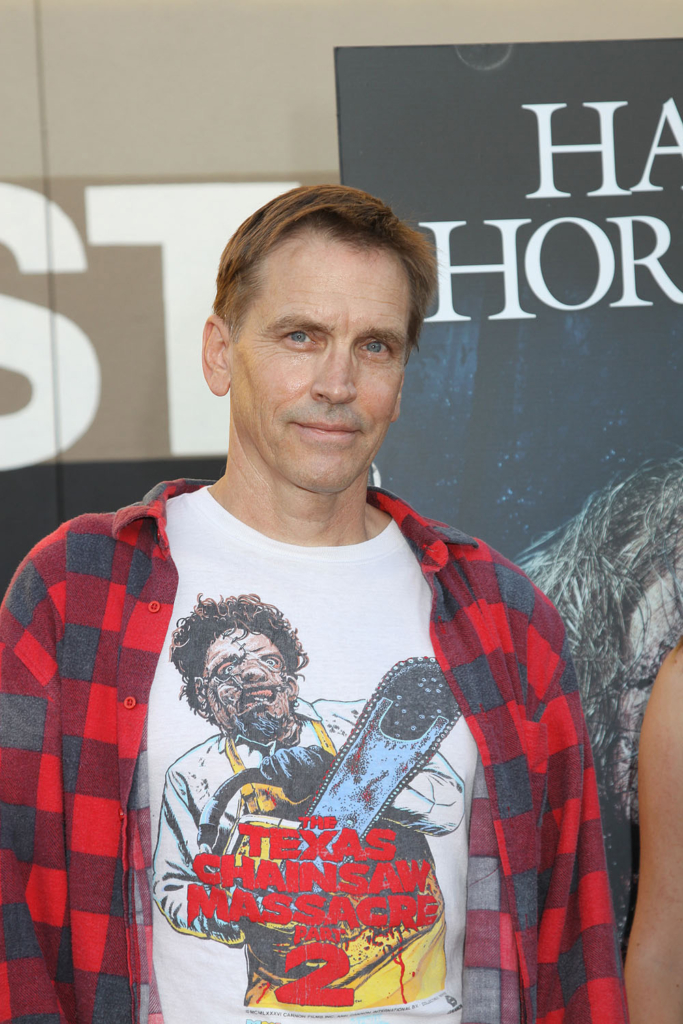
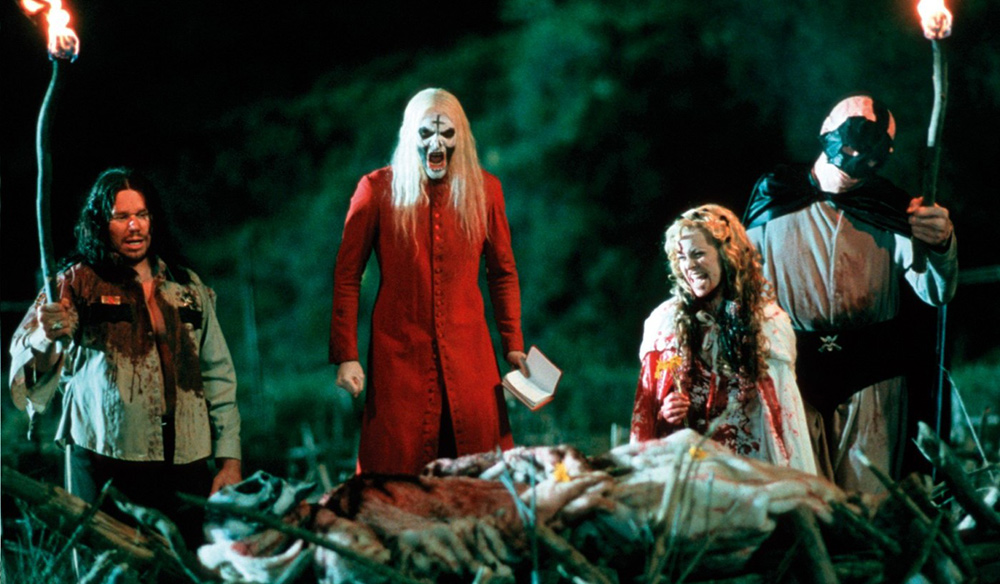

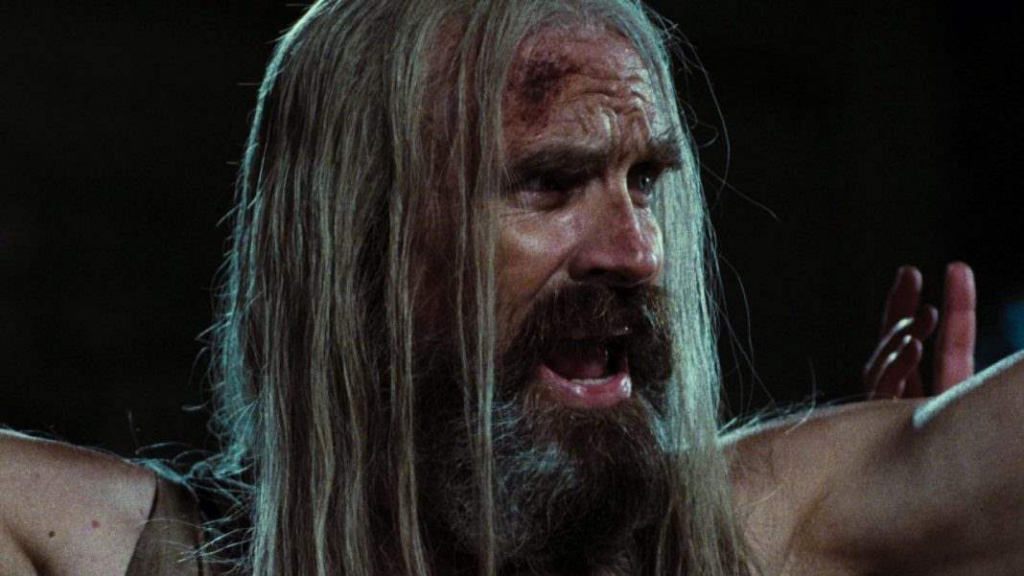
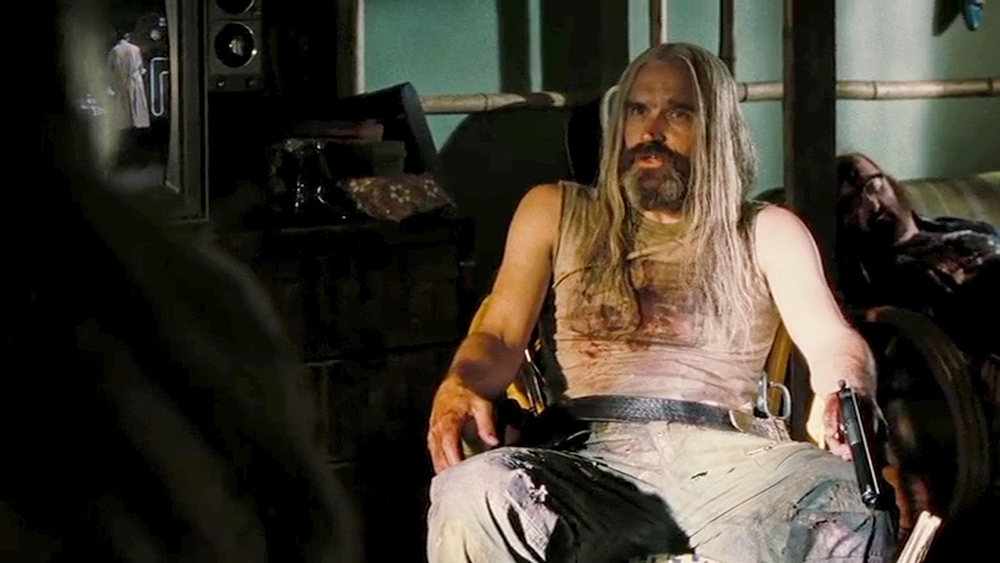

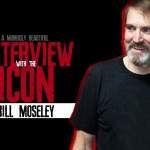
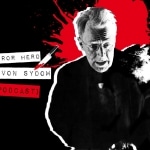
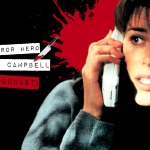






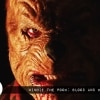
Follow Us!